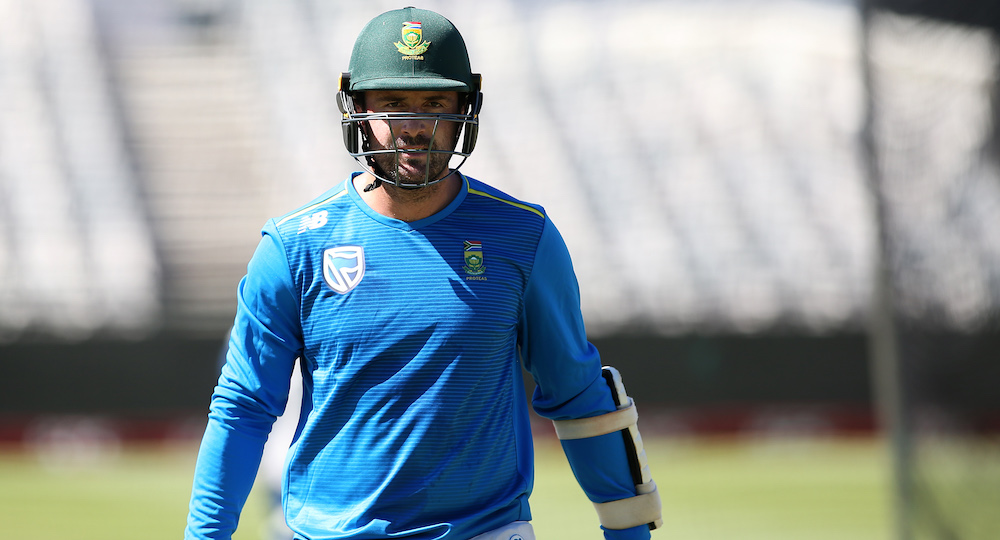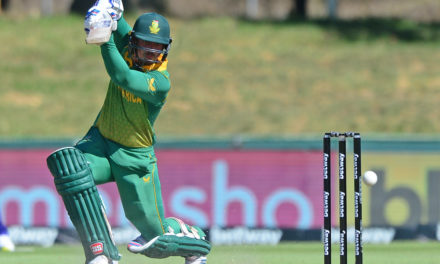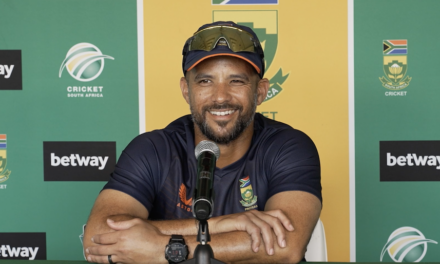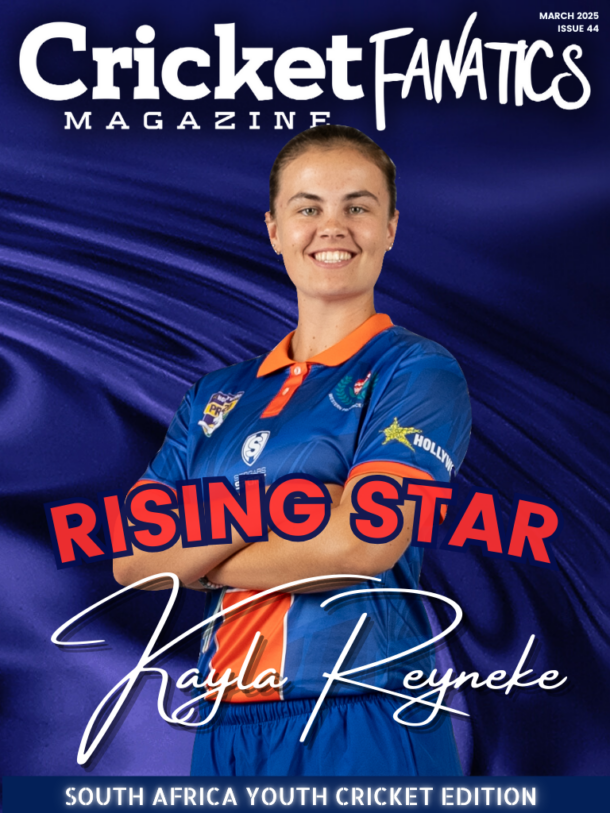It was a long trying road for Pite van Biljon, but he proved how resilience and hard work can help you fulfil your dreams, which for him was becoming a Protea, writes Abhai Sawkar.
International cricket is the ultimate dream: you get to proudly represent your country and it’s a stern test of mental toughness.
Some progress fairly early to the highest level of the game, while others have to wait it out, perform over a longer period of time, and finally get the much-coveted entry after the arduous hard yards. Pite van Biljon’s case is the latter, and it was an unbelievable feeling when he received the news for the first time.
Having turned 34 in April, the clean-hitting batsman got his big break for the home T20I series against England. The fact that the call-up happened relatively later in his career makes it all the more remarkable, given the well-sustained efforts he’s put in over the years.
A hand injury during a pre-game warm-up session kept him on the sidelines, but fortunately, he was retained for the next T20I series against Australia. Meeting up with the rest of the Proteas was second to none, without any doubts.
“It felt great when I received the call, in fact, I received the call just before the England series,” said van Biljon to Cricket Fanatics Magazine.
“But then during my first practice, I dove for a catch that just landed short. I couldn’t quite get my hands underneath, caught my finger awkwardly and tore my webbing, so that put me out of that series.
“I ended up debuting against the Aussies. But yes, when I received the call it was amazing, I remember joining up with the rest of the team at the airport. It was a surreal feeling seeing the guys in their travel gear walk my way and now I’m one of them.”
Despite a tough series, Van Biljon had the opportunity to play all three games against Australia. The time spent on field was both something to remember as well as a key reality check, too.
He managed a total of 24 runs, and the learning curve was noticeably steep. But with all things considered, Van Biljon prefers to keep it simple and not overthink, even when the pressure level is higher.
“I wouldn’t say I’ve experienced a whole lot but definitely the fact that the other guys you play may seem like world-class superstars, which they are.
“But when you’re on the field with them or against them, it’s more like you’re there to compete with another team. At the end of the day, you’ve got to try to hit the white ball as far and as hard as possible, try and catch it, throw it straight.
“For me, the thing I took out of it is the difference between what you see on TV and what you experience out there in the middle. The commentators and the adverts all hype the game up big-time. You’re still playing a game of cricket and trying to outperform.”
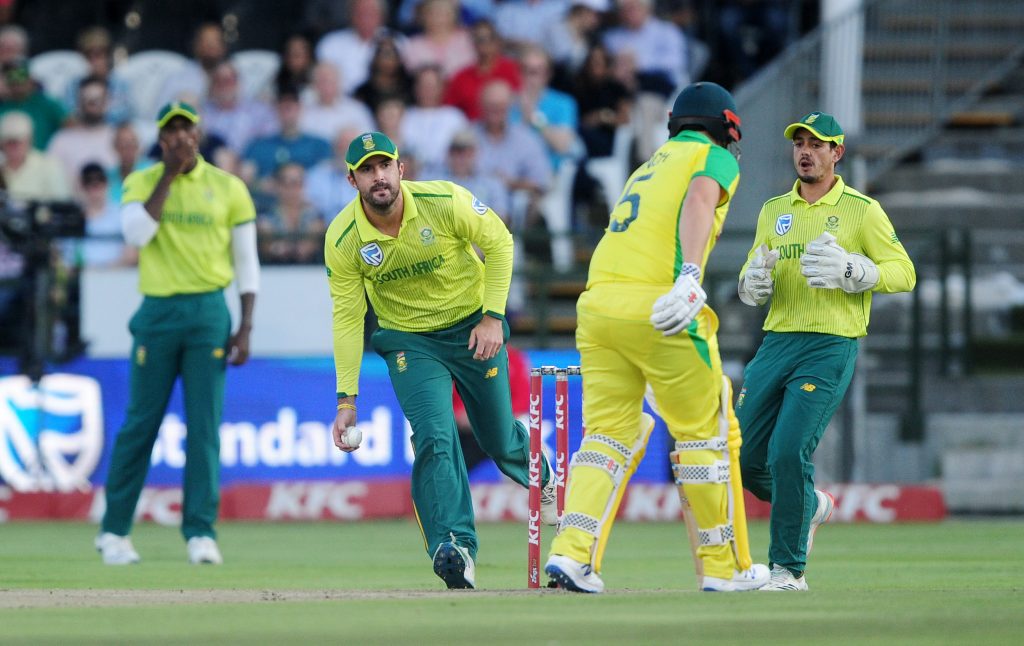
Going back to his early days, Van Biljon has often had to overcome multiple obstacles to finally reach where he is now. There was intense competition at franchise level, and that meant that he’d be playing in the semi-professional circuit more frequently than expected.
However, this only ensured that the Bloemfontein native would be more prepared when eventually given a chance at franchise cricket.
Following his impressive exploits for Free State and Northerns, he broke into the VKB Knights set up in the 2012-13 season and made his 4-day debut for them in the very next season. The extended period of fine-tuning his game at the provincial level perfectly enabled him to burst onto the scene with aplomb.
After establishing himself well across formats, he was among the certainties to take part in the inaugural Mzansi Super League. Interestingly, he was one of a few Knights players drafted in the new South African T20 franchise league. He created a reputation for producing game-changing cameos when coming in at No 5 or No 6.
However, the more prominent highlight was the 2019 MSL – not only did he bat more frequently, but he also achieved more impactful returns throughout the tournament. His new team, the Tshwane Spartans, went on to finish as runners-up. But more importantly, the prolonged wait to don the green and gold came to an end soon after.
“Looking at my experiences through the provincial setup, franchise setup, and finally international cricket, I’ve had to knock the door down and I’ve had a few good years playing amateur cricket for Free State. I had one or two good years playing for Northerns, and I had to earn my stripes to get into the franchise setup, which was very good at the time,” he said.
“From what I remember, I averaged around 280 in one season right before I got a go in franchise cricket. I got a century in my very first game, and I was the fourth-leading run-scorer in 4-day cricket during my second year. So I’d say I knew I was up there competing with some of the best guys in the country.
“For myself, I knew I could compete nicely with and against them. Doing well and winning the first MSL [with the Jozi Stars] and improving on a personal note the next year and the Spartans getting to the finals were all big points in getting me to international cricket.”
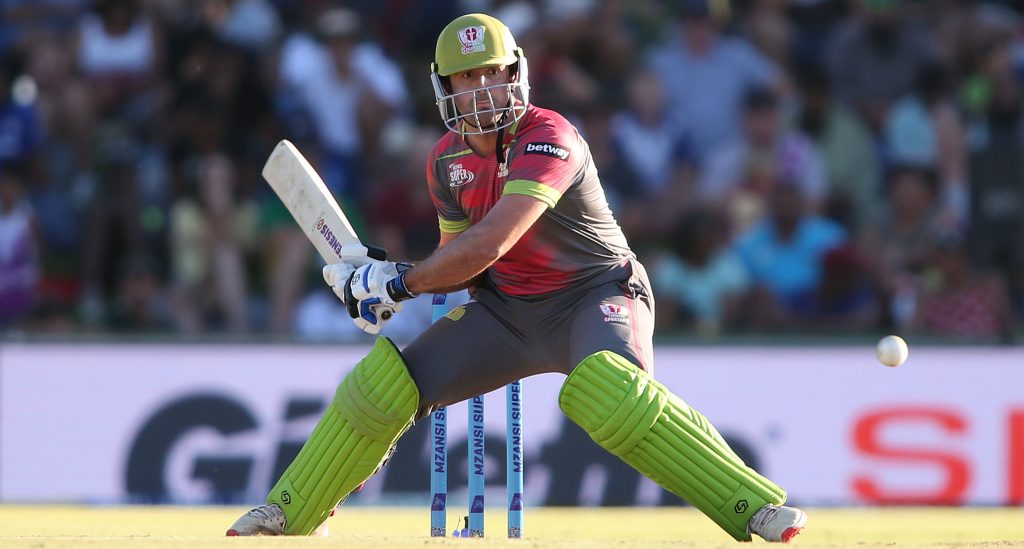
Throughout his career, Van Biljon has been tasked with batting at various positions. He bats further up the order in the longer format, but he’s made the finisher role his own in the MSL.
Considering the fact that most of the recent limited-overs Proteas debutants have staked a claim through their MSL accolades, Van Biljon is grateful for the fact that he’s maintained reliable consistency heading into the big tournament.
“In the MSL, I’ve done quite well since I’ve played for strong teams – so I’ve had the momentum on my side. If you have an off game, you make 6 from 5 or something like that and the team still gets over the line, it’s like you’re riding the wave of the team, so it was reasonably easy to kick on,” he explained.
“For the Knights, I’m actually a top-order batsman and not a finisher, so it’s a bit of a different role but I enjoy it. When you walk out there, you’ve got to get on with it. If you make 10 off 4, you’ve often done a good job and made a good impact. What’s also helped me is that I’ve gone into both MSLs in strong form coming from 4-day cricket.”
Accelerating right from the get-go isn’t quite a clear-cut task, and it requires a prudent modus operandi. For Van Biljon, it’s mostly a mental game involving trusting judgment and backing the attacking intuition to take over.
There’s little to no margin for error especially in the back end of the innings, and momentum shifts are commonplace.
At the end of the day, knowledge of conditions as well as shot choice and how much a competitive total might be will dictate much of the approach.
“You more or less know what the opposition is aiming to do, the wickets may be slower and the bowlers may go for cutters. Ultimately you need to settle on a boundary option, both on the leg side and the offside. If you get something in your favourite area, you can put it away,” he stated.
“Otherwise, bat on ball is very important and you never want to waste deliveries towards the end of the innings. Two or three dot balls can be the momentum shift and if you hit a boundary, it’s still a good over.
“At inland venues, you’d want to beat the inner ring and on the coastal grounds you’d want to beat the boundary riders, especially since the wickets are a bit harder to hit through the line.”
We’ve seen Van Biljon the destructive T20 player, but he enjoys the longer format to a greater degree. In fact, he’s played over 100 first-class matches and averages 43. Last season, he scored an unbelievable 218 against the Dolphins in October.
He’s made significant progress across formats, and the ambition to play Test cricket is stronger than ever.
There have been multiple cricketers that debuted fairly late in their careers and have shone frequently for their team, and should Van Biljon continue to produce tall scores, he’ll be in striking distance.
In fact, four of the last five Test debutants for South Africa were 30 or above at the time of their first cap. At the same time, he’s insistent that the learning process never stops and he’s finding more ways to further fine-tune his repertoire.
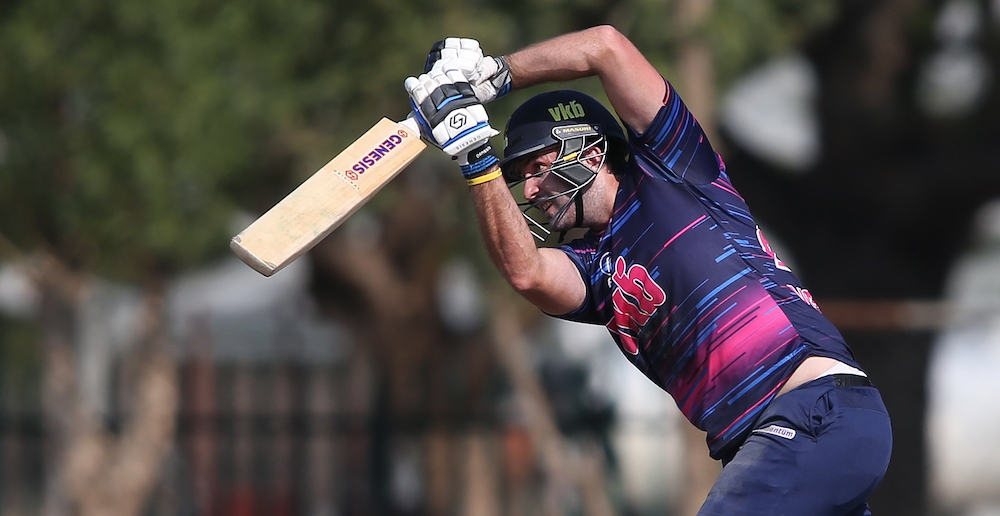
“Last season was probably the best I’ve batted over the course of a consistent period of time. I’ve found a technique that I really like and was most comfortable as well.
“I was in a strong mindset as well that allowed me to compete for long periods of time. It hasn’t been easy to get this far and I still want to improve,” he insisted.
“I still have a long way to go to where I want to be with my batting, so it’s a constant work in progress. But I’d say in order to go further to Test cricket, I’ve always seen myself as a red-ball player. I enjoy the phases you go through in the game.
“It’s a little bit slower but there’s longer pressure, facing pace bowling, facing spin bowling, and the taste of the beer after the last day. The reward is so much sweeter to score a double hundred or take a great catch to swing the game.
“Red-ball cricket has always fascinated me and I like to believe it’s my strongest format. I’m not sure what my chances are for Test cricket but I will continue to keep pushing and giving the youngsters a good crack. It’s still my goal to play Tests, not just one or two games, but a solid career playing Test cricket.”
The path to international honours can vary, but finally rising to the cream of the crop feels like nothing else. For van Biljon, it was well worth the wait.
Competition can amplify exponentially when several compete for fewer spots, and perseverance often comes in handy. With a dependable work ethic and earnest focus, he’s had copious achievements in domestic cricket, all of which have paid off richly.
Photo: BackpagePix

